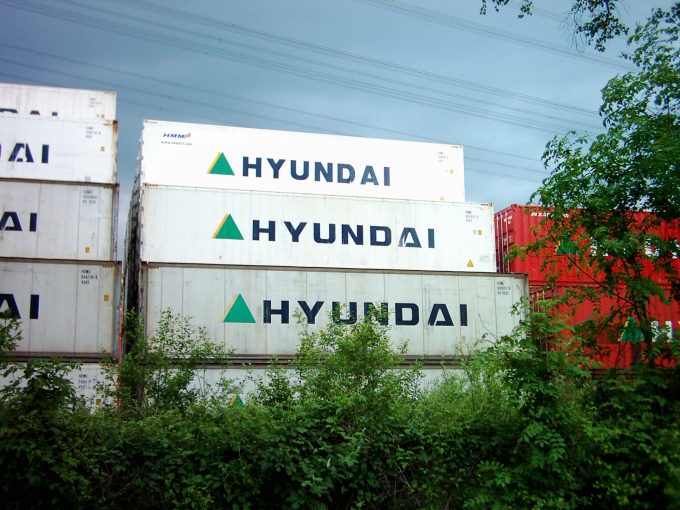Transpacific set to see record level of ship capacity in July as rates crash
The transpacific trade continues to descend into something akin to chaos – with major deepsea ...

Less than a week after Taiwanese container line Yang Ming reported its first net profit in 10 quarters, media today reported that the carrier is on the verge of ordering ultra-large container vessels (ULCVs).
The unconfirmed reports follow industry rumours last week that Hyundai Merchant Marine (HMM) ...

Comment on this article